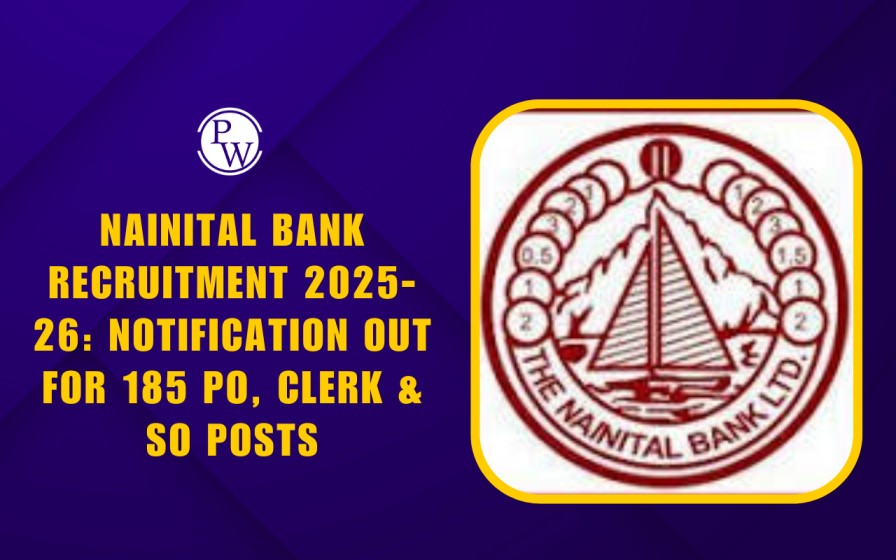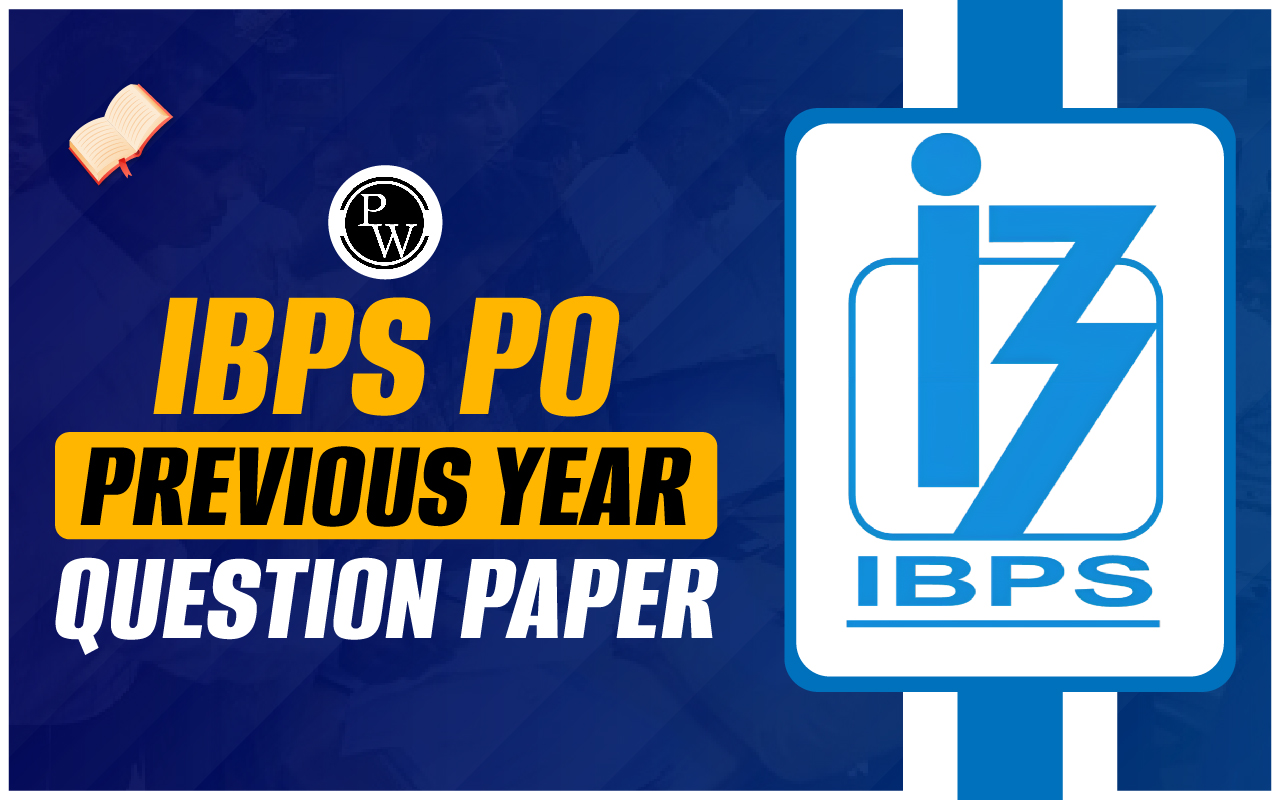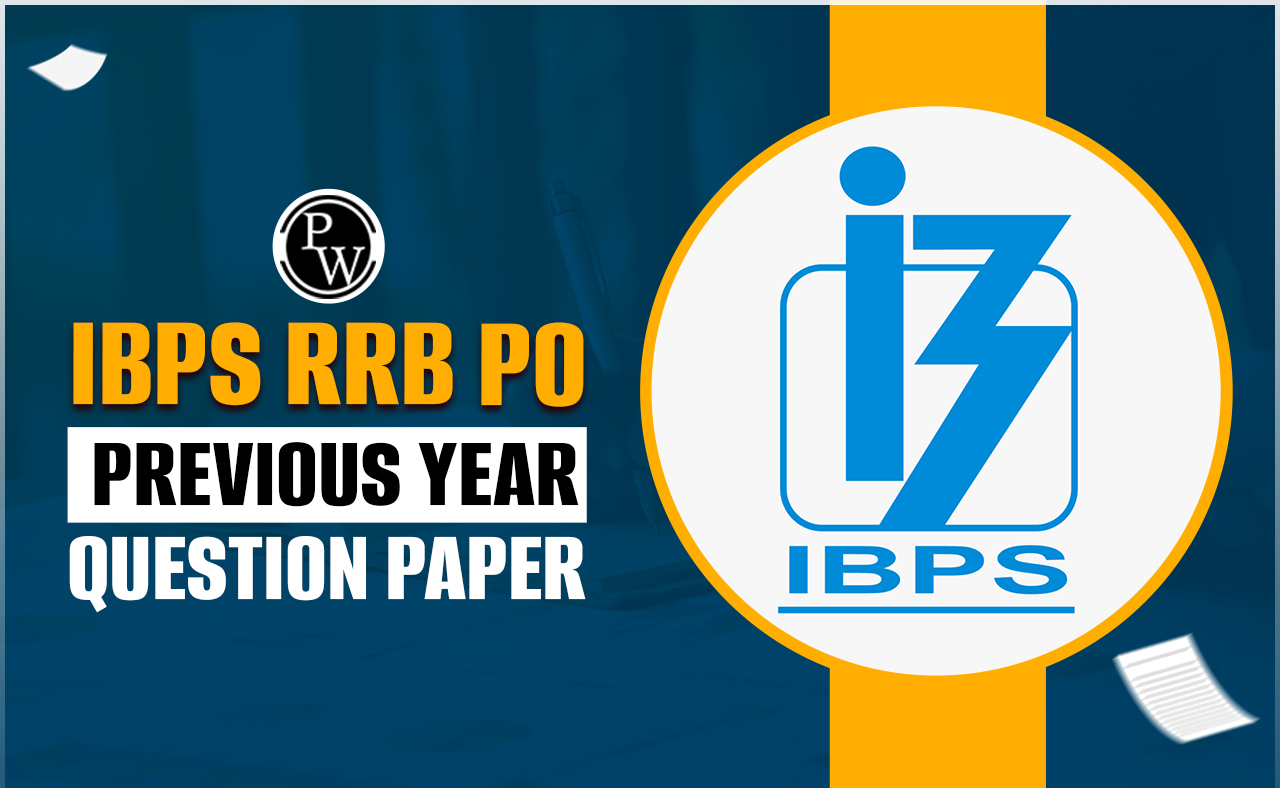
ISRO Tests Crew Escape System for Gaganyaan Mission
India's space agency achieved a significant milestone by conducting a test of the crew escape system, a critical component for the country's upcoming human space flight mission known as Gaganyaan. The test involved launching a rocket from the Sriharikota island spaceport, carrying the crew escape system connected to the crew module. The crew module separated at an altitude of 17km and safely descended into the Bay of Bengal, aided by parachutes.
ISRO Tests Crew Escape System for Gaganyaan Mission Key Points
- The crew escape system is designed to safeguard astronauts in the event of an aborted launch by swiftly moving the crew module away from the rocket.
- This technology is vital for the success of India's Gaganyaan program, which aims to send humans into space.
- After the test, ISRO Chairman S. Somanath confirmed the successful execution of the crew escape system. The crew module was recovered about 10km from Sriharikota by naval units and trained divers.
- The entire sequence, including crew module separation, parachute deployment, and sea touchdown, proceeded as planned.
ISRO Tests Crew Escape System Challenges and Solutions during Launch
The morning of the launch experienced two delays due to weather-related concerns, pushing the initial 8 am schedule to 8:45 am. However, just five seconds before liftoff, an automatic hold occurred due to a "monitoring anomaly." Isro engineers quickly identified and rectified the anomaly, leading to a successful launch.
Prime Minister's Enthusiastic Response
Prime Minister Narendra Modi expressed his excitement about the achievement on social media, stating that the launch brings India a step closer to realizing its first human space flight program, Gaganyaan. The government had sanctioned Rs 10,000 crore for the ambitious project after Modi's announcement on August 15, 2018.
Preparation for Human Space Flight
Isro has been diligently preparing for human space flight for over 15 years, focusing on crucial technologies such as a robust rocket for heavy payloads, a space capsule, and systems for the safe re-entry of the crew module and escape system into Earth's atmosphere. The recent test is part of a comprehensive series of 20 major tests leading up to the human space mission scheduled for 2025.
What is the crew escape system in Gaganyaan mission?
What is the crew module in Gaganyaan mission?
What is the first test on Gaganyaan journey to be held on Saturday?
Is Gaganyaan test flight successful?
How many crew are there in Gaganyaan?










